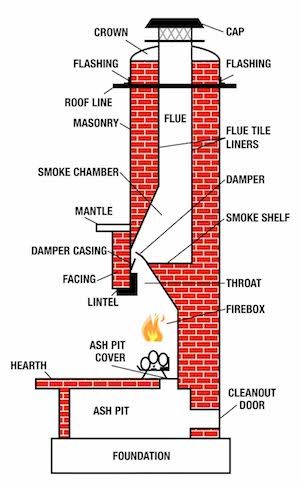Official 32 - lecture 4
Architectural history class.
so last week we started our unit on residential architecture in the United State.
today we will be surveying a number of architects who made contributions to residential architecture in nineteen century.
now it' worth noting that people who designed home at that time, probably have to deal with certain amount of discouragement.
since there were other architects who was thought is more respectable to designed the kind of buildings, maybe other structures that were less utilitarian in their function.
utilitarian: 功利主义,实用主义
in fact, the article from an 1876 issue of a journal called The American Architect and Building News stated that, and this is a quote, they stated that the panning of houses isn't architecture at all.
so keep that journal article in the mind as we look at the work of an architect named Harriet Morrison Irwin.
Irwin was from the South, born in North Carolina in 1828.
at the time, there were many architects from southern US , as you might imagine, very few of them were women.
so Irwin was really a pretty exceptional case.
as she wasn't even formally trained as an architect, her education background was literature.
so she just had a natural gift for architecture?
yes she was actually a writer for several years, but she did have a lot of penchant for math and engineering, so she read a lot about it on her own.
penchant: : a strong and continued inclination broadly : liking.
especially the architecture essays written by the British critic, John Ruskin.
and John Ruskin believed ...
that building should have lots of access to the outdoor to nature.
Ruskin said that being close to nature was great for people's mental and physical health.
right, so that was an influence.
now Irwin's contribution to architecture was relatively minor but still quite interesting and unique.
she designed a house with hexagonal shape.
hexagonal: having six angles and six sides.
a house with six sides instead of standard, you know, four sided home.
the rooms in house were also hexagonal, six sided.
one important thing was that the rooms were around a chimney in the center of the house, which could provide heat for whole house through flues, small air passageways to each room.
chimney: 烟冲
flues: 烟道
as opposed to having a fireplace in every room, which would require more cleaning and make the air inside the house dirtier.
the houses' shape also allow for more windows, each room had a large wall that could fit a couple of big windows, giving every room a nice view of the outdoors.
plus there would be good airflow for the house.
yes, in warm weather when you can open all the windows.
the doors to house as well, the house didn't have a main entrance or any hallways.
so there could be a couple of entry doors in different places which like the windows provided ready access to the outdoors.
so what other advantages might to be in the hexagonal rooms.
OK, think about cleaning.
what part of room is usually the hardest place to clean, like to sweep with a room.
the corners.
because in square or rectangular rooms, the corners are at ninety-degree angles.
its hard to reach the dust that gathers in the corners.
but if Irwin's rooms were close to circle than a square, it'd be easier to reach all dust and dirt with a broom, right?
exactly, now biographers who wrote about Irwin in nineteen century, I feel a sort of downplayed the ingenuity of her design.
downplayed: de-emphasize
ingenuity: skill or cleverness in devising or combining
but I think if she had designed this house today, those same biographers would praise her for coming up with a floor plan that emphasized function efficient function of a house, as well as a design that's creative and unique.
in any case, 3 houses were build in Irwin's house that used hexagonal design.
and 1969, when she was 41, Irwin became the first women in US to receive the a patent for an architectural design.
and that speak volumes, if you ask me.

